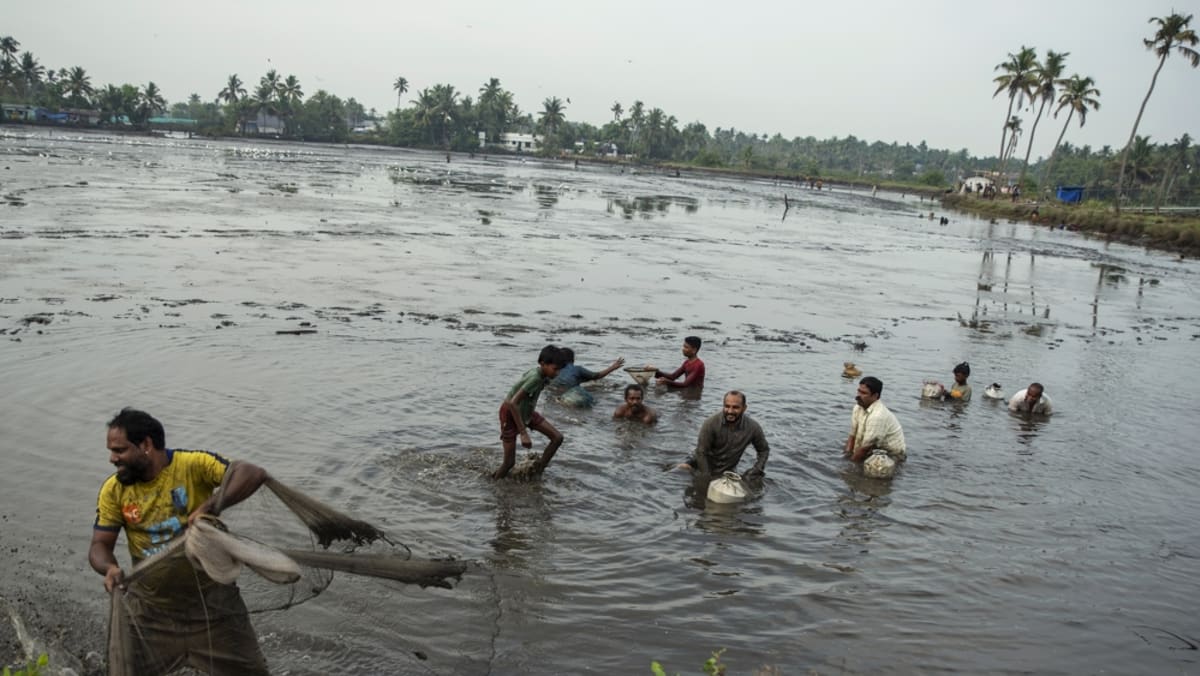
Where India is succeeding is biofuel. The government is running ahead of its 10 per cent ethanol blending mandate and looks on track to hit a 20 per cent rate by 2025 as it seeks to trim its oil import bill.
That’s putting pressure on farm production, however. Sugarcane is a thirsty crop which, unlike most Indian food grains, needs a whole year or more to grow to maturity. It predominates in many of the same northern states where rice and wheat would otherwise be grown.
POLICYMAKERS NEED TO SHIFT THEIR PRIORITIES
Thanks to government pricing levels that make it an unusually profitable crop, the area planted went up around 17 per cent between 2017 and 2022, while rice had an eight per cent increase and pulse fields shrank by 0.8 per cent.
If policymakers want to reduce emissions while cutting the impact of petroleum on the balance of payments, they need to reverse the current situation where biofuels are prioritised over electrification.
With renewables, too, India needs to lift its game. The 15.7 gigawatts of wind and solar installed last year is only about half of what is needed to hit the government’s target, and left the country 32 per cent short of where it had intended to be by that date.
Planned tenders of 50 gigawatts a year through March 2028 are markedly more ambitious – but they need to be turned from words into reality first.
No country will suffer more from climate change this century than India – but no country is going to see its emissions grow faster over the coming decade. If New Delhi doesn’t want to see a future of more crop failures, floods, droughts, export bans and farmer suicides, it’s going to need to do everything to reverse that trend.
